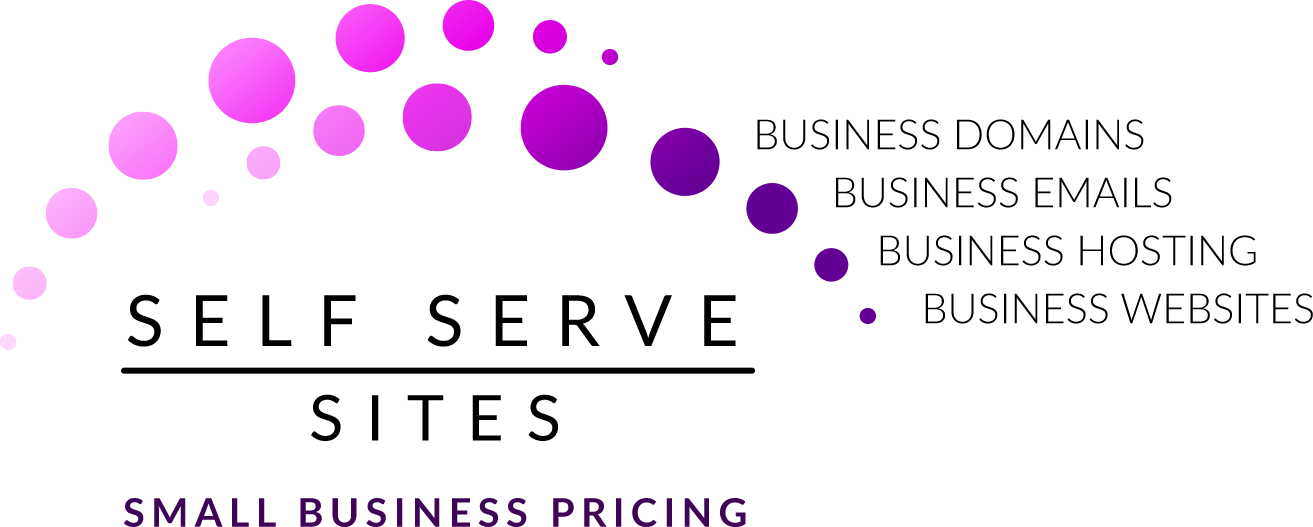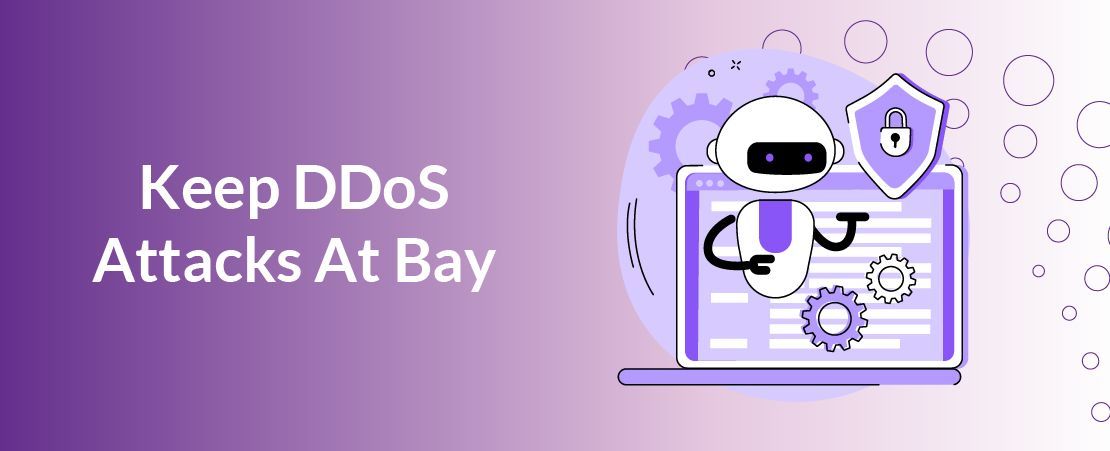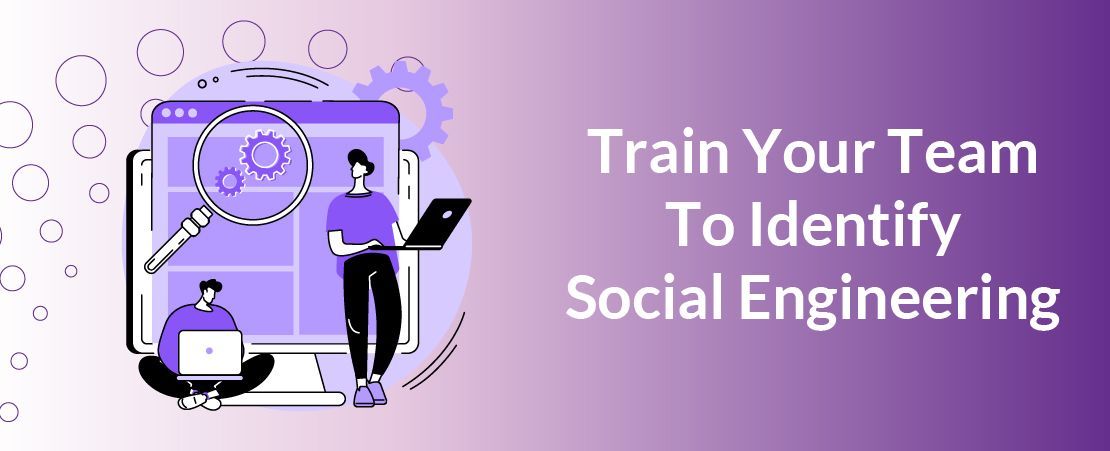Protecting Your Business From Email Based Threats
Whether you operate your Small Business in the digital world or from a brick and mortar location, it’s no longer possible to exist entirely offline. Online communication is essential these days, and one of the most essential is email.
Unfortunately, email can also be used by unscrupulous individuals looking to ruin everything you’ve worked to build. There’s no shortage of hackers and scammers looking to make some money by any means, and your email address offers several ways for them to go about that.
Today we’re going to go through email based threats you need to be aware of as a Small Business Owner so you can protect your business from harm.
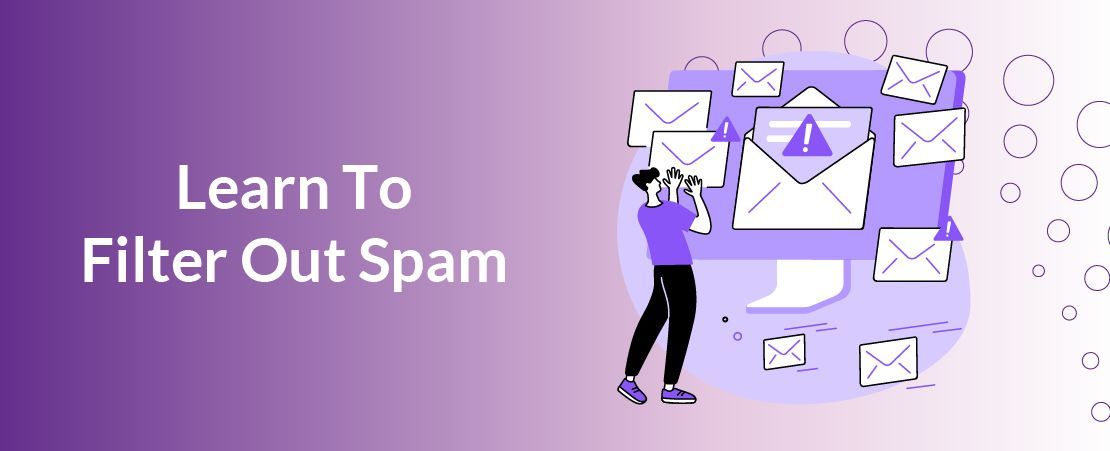
Learn To Filter Out Spam
While it may seem fairly innocuous, spam can conceal a far greater threat than it lets on.
Some spam exists simply to flood inboxes with misleading advertisements for fraudulent products, or promise you rewards for participating in chain letters. These can cause harm, but they’re not the worst kind of spam.
The most dangerous aspect of spam lies not in what’s written, but in what lurks behind it. A common feature of spam emails is links, either labelled falsely or not at all, with accompanying text that aims to convince you to click through.
If you do, you’ll find malware attempting to install itself on your system, where it can then cause all sorts of harm depending on the variety you’re dealing with. Locking you out of your files, using your computer to launch more attacks, or stealing your passwords, malware is no joke.
Set up a strong spam filter, keep your antivirus up to date, and make sure everyone in your team knows to NEVER click dodgy links. The best way to deal with spam is to never have to deal with it at all.
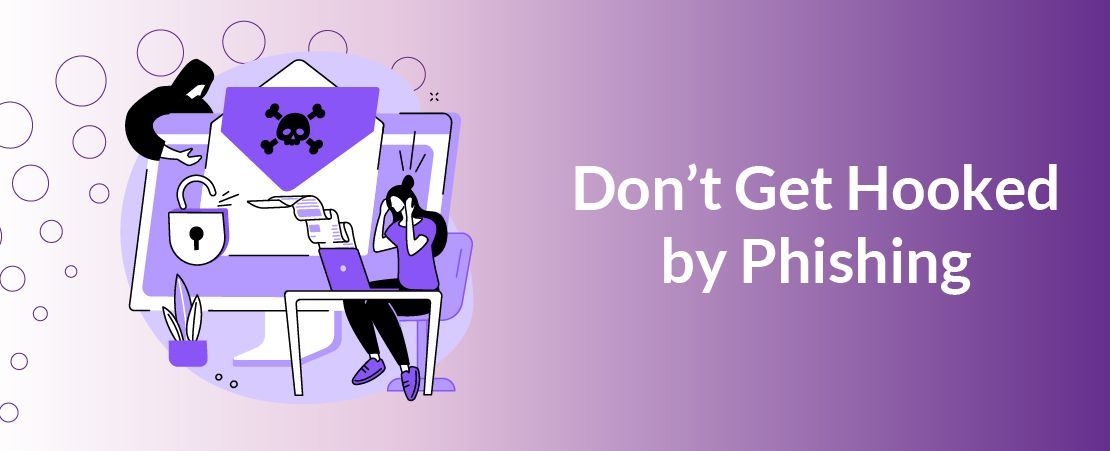
Don’t Get Hooked by Phishing
Another form of email attack that may superficially resemble spam is phishing. Whereas spam focuses on targeting your computer and email account, phishing is aimed squarely at the person behind the system.
Phishing emails are frauds attempting to convince you they’re legitimate, in the hopes that you’ll divulge sensitive information. The most common form this takes is informing you of a nonexistent problem (banks are a popular choice) that must be urgently remedied by following a link they provide.
If you do, you’ll find yourself at a Site that looks a lot like what you were promised. If you enter your login details however you’ll find that instead of accessing your account, those details are sent to the scammers, who will then use them to steal your account.
These scams usually rely on sending out extremely vague emails to many thousands of email addresses and hoping a few of them work. A more dangerous type is called spear phishing, which attempts to tailor the message to a much smaller demographic, possibly even a single person.
Phishing and spam are why you never click links in emails. The most devastating attacks that can be launched through your email both rely on you being willing to click on suspicious links. Be sensible and you render them almost harmless.
Keep DDoS Attacks At Bay
Now for something completely different, DDoS attacks. DDoS stands for Distributed Denial of Service, and is a beefier version of regular Denial of Service attacks.
How DoS attacks work is by having a computer send a constant barrage of requests for information, which, if all goes according to plan, will overwhelm the server running the target system and crash it. The Distributed part refers to using multiple computers to launch the attack, making it stronger and also harder to stop.
Websites are the most common target of DDoS attacks, but email servers can also fall prey, shutting down your ability to communicate. To protect yourself, talk to your hosting provider and ask how they keep their servers secure from attacks.
Train Your Team To Identify Social Engineering
Another attack that focuses on the people behind the system, social engineering can do almost anything and come from almost anywhere.
Social engineering is the name for the method of breaching security protocols by exploiting the human aspect of them. Computers don’t get distracted and confused, but people do.
Methods like spam, phishing, and the more targeted spear phishing are all examples of attacks that use social engineering to achieve their goals, but it can also be as simple as getting a look at the post-it note you’ve written your password on. The weakest part of any security system is the people it aims to protect, and scammers and hackers know it.
Educate yourself and your team on the common tactics used by malicious actors to gain entry to your systems, being able to recognise social engineering tricks is the best way to avoid being conned by them.
Your business is your livelihood, don’t let others take it away from you. Keep your email accounts secure and your business safe.










